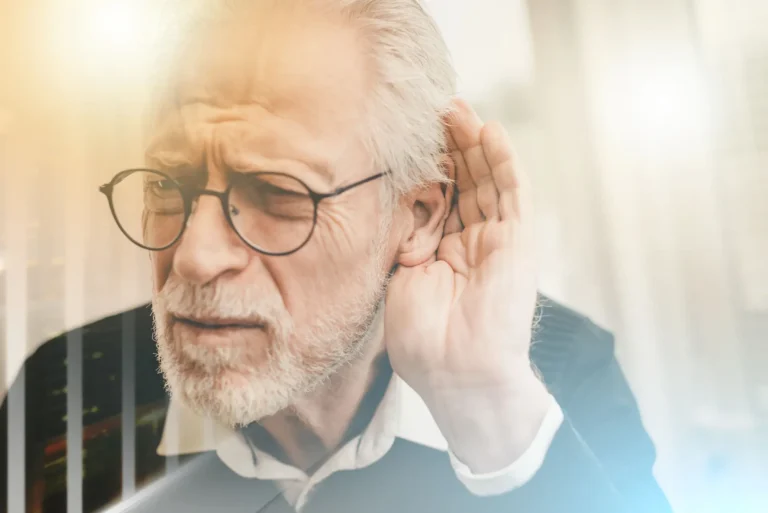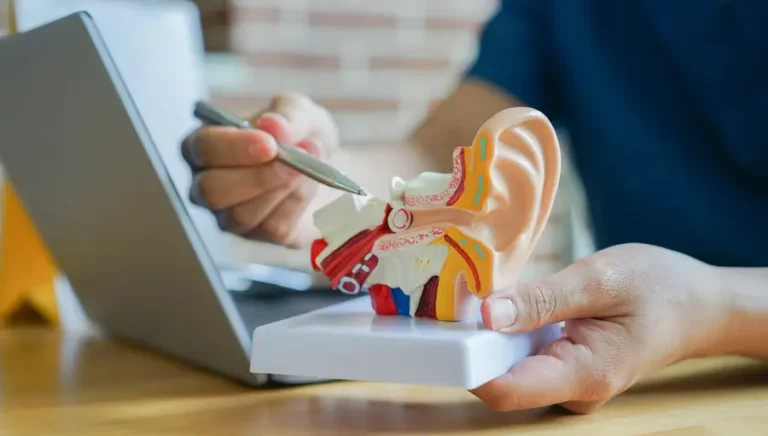Home Preparing for Your First Hearing Test: What You Need to Know
Preparing for Your First Hearing Test: What You Need to Know
- March 28, 2024

Tips for Preparing for Your Appointment
Getting ready for a comprehensive hearing test is like preparing for any appointment with a medical specialist. We recommend you refresh your memory of your medical history, particularly anything relating to the ear. Take notes or bring past medical records if you need to.
If you can, keep your environment quiet before the test. This will help your audiologist get an accurate baseline. If you work in a noisy environment or are otherwise unable to control the noise level of your environment before your appointment, it’s not a problem. Just let them know before your tests.
What to Expect: The Consultation & Testing Process
Your appointment will begin with a short consultation. This is the time to discuss your current health and medical history and bring up any specific concerns you may have.
Next, the audiologist will check your ear canal. Something as simple as a buildup of wax might be causing your problems. If necessary, they can remove this for you. It’s important to have clear earways for your test for hearing loss and take note of any visible structural issues.
When it’s time to test your hearing, your audiologist will guide you through the process. Three tests are the foundation of any evaluation: a diagnostic audiological evaluation, a speech reception threshold test, and tympanometry. Your specialist will also check your acoustic reflex thresholds or how your inner ear muscles respond to loud noises.
Diagnostic Audiologic Evaluation
This part of the evaluation is known as the Pure-Tone Testing. You’ll get a set of headphones that will play a series of sounds. You’ll be given a button to press or asked to raise your hand every time you hear a noise. This simple test gives your audiologist a clear understanding of the pitches and tones you can hear and the softest volume audible to you. The sounds may be presented in both ears or one at a time to check each ear separately.
If your audiologist believes there is a blockage or obstruction in your ear, they may also perform a Bone Conduction Test. They will place a small device on your forehead or behind your ear. Sometimes, it is attached to a headband for comfort. This device sends vibrations through your skull to your inner ear. Sounds can be carried directly into the ear, bypassing the outer and middle ear. Your specialist may repeat the Pure-Tone Testing in this way to determine where an auditory impairment is located.
Speech Reception Threshold

An important test for hearing loss is how you perceive and process speech sounds. You’ll hear a series of words through your headphones, which you’ll need to repeat out loud. Once again, the words will be delivered to either or both ears to isolate any problems present in only one ear.
This not only tests your ability to hear the sound of the words but also to understand them well enough to repeat them clearly and correctly. Your hearing specialist will be able to note the softest volume that triggers a response. This test may be done both in silence and with background noise. Many people can hear fine without distracting sounds but struggle when other noises are present.

Tympanometry
Invest in Your Hearing Health With New York Hearing Associates
Remember that there are no “right” answers to these tests – just respond as accurately and honestly as you can. This will give your audiologist the information they need to complete a thorough assessment. If hearing loss is detected, they will guide you through your options. Thanks to modern hearing aids, your hearing health need not adversely affect your lifestyle.
At New York Hearing Associates, we’ve created a warm and welcoming environment for every patient. Whether you are following up on a concern or just getting an annual checkup, our qualified hearing specialists will take you through every step of the process. Contact us to schedule a comprehensive hearing test at one of our locations today.




